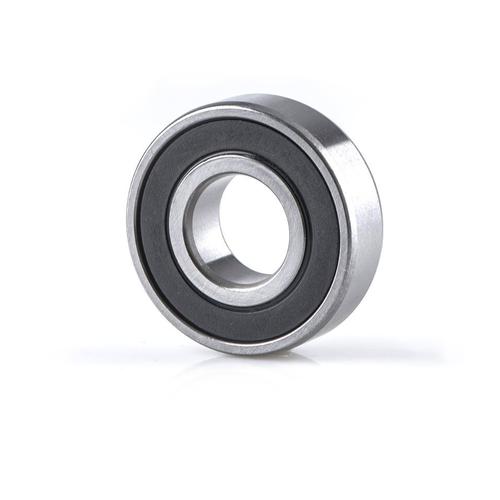Ultimate Guide to Bearing Applications in Machinery: Types, Uses
Bearings are indispensable components in machinery, reducing friction between moving parts while supporting axial and radial loads. Their applications span industries like manufacturing, automotive, and aerospace, ensuring smooth operations and extended equipment lifespan. This guide explores key aspects of bearing applications to optimize machinery performance.
1. types of industrial bearings2. bearing maintenance best practices
3. ball bearings vs roller bearings comparison
4. bearing failure analysis techniques
1. Types of Industrial Bearings

Industrial machinery utilizes various bearing types to meet specific operational demands. Ball bearings, featuring spherical rolling elements, excel in high-speed applications with moderate loads. Roller bearings – including cylindrical, tapered, and spherical variants – handle heavier radial loads in equipment like conveyor systems. Specialty bearings like thrust bearings manage axial loads in gearboxes, while linear bearings facilitate precise motion in CNC machines. Magnetic bearings offer contactless operation for ultra-high-speed turbines. Understanding load capacity, rotational speed, and environmental factors is crucial when selecting bearings for agricultural machinery, printing presses, or robotic arms.
2. Bearing Maintenance Best Practices
Proactive maintenance significantly extends bearing service life. Implement routine lubrication schedules using manufacturer-recommended greases, monitoring for viscosity changes. Utilize vibration analysis tools to detect early signs of wear or misalignment. Establish thermal imaging protocols to identify overheating bearings in heavy machinery. Develop contamination control measures using sealed or shielded bearing designs in dusty environments. Train technicians in proper installation techniques to prevent brinelling damage. Maintain detailed records of bearing replacement cycles and failure patterns to optimize predictive maintenance strategies for industrial pumps and motors.
3. Ball Bearings vs Roller Bearings Comparison
Selecting between ball and roller bearings requires understanding their distinct characteristics. Ball bearings typically operate at higher speeds (up to 15,000 RPM) with lower noise levels, making them ideal for electric motors and precision instruments. Roller bearings support 20-30% heavier loads, preferred in mining equipment and wind turbine gearboxes. While angular contact ball bearings handle combined loads effectively, tapered roller bearings better manage thrust loads in automotive wheel hubs. Consider operational temperature ranges – ceramic hybrid ball bearings outperform steel variants in extreme heat. Analyze cost-effectiveness: roller bearings often have higher initial costs but longer service life in heavy-load scenarios.
4. Bearing Failure Analysis Techniques
Systematic failure analysis prevents recurring bearing issues in machinery. Conduct microscopic examination of raceways to identify fatigue spalling or adhesive wear patterns. Use ferrography to detect abnormal metal particles in lubricants. Investigate electrical pitting in variable frequency drive applications. Common failure modes include improper lubrication (35% of failures), contamination ingress (25%), and overload conditions (15%). Implement root cause analysis (RCA) for premature failures, examining alignment, housing fits, and shaft deflections. Advanced techniques like acoustic emission testing help detect subsurface cracks in turbine bearings before catastrophic failure occurs.
From selecting optimal bearing types to implementing predictive maintenance protocols, this guide covers essential aspects of bearing applications in modern machinery. Whether you're troubleshooting persistent failures in conveyor systems or upgrading bearings for high-speed robotics, these insights will help maximize equipment reliability. Discover how proper bearing selection reduces energy consumption by up to 30% in industrial fans, learn to interpret lubrication analysis reports, and explore emerging technologies like smart bearings with embedded sensors. Continue reading to master bearing applications across industries.
Bearings remain the unsung heroes of mechanical systems, enabling efficient power transmission across countless industries. By understanding bearing types, maintenance requirements, and failure mechanisms, engineers can significantly enhance machinery performance. Implement these best practices to reduce downtime, lower operational costs, and ensure compliance with industrial safety standards. Stay ahead in the evolving world of mechanical engineering with cutting-edge bearing solutions.




 13869596835
13869596835